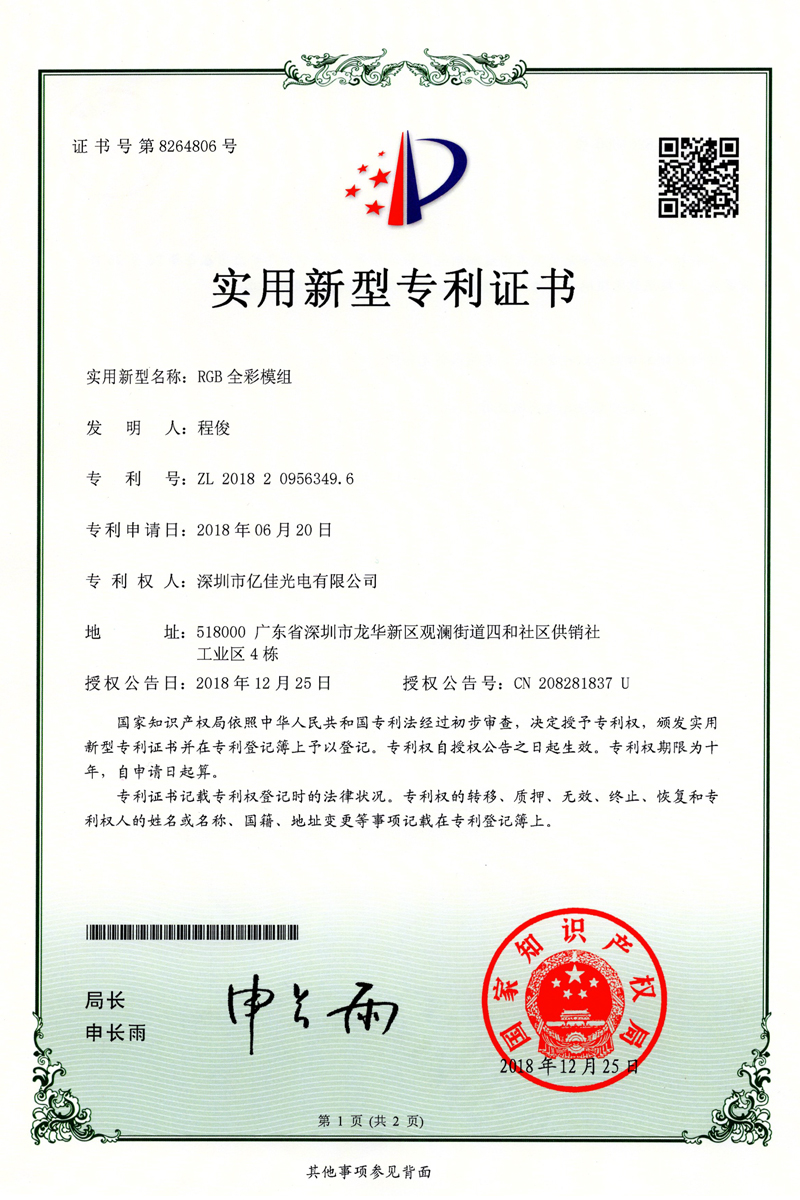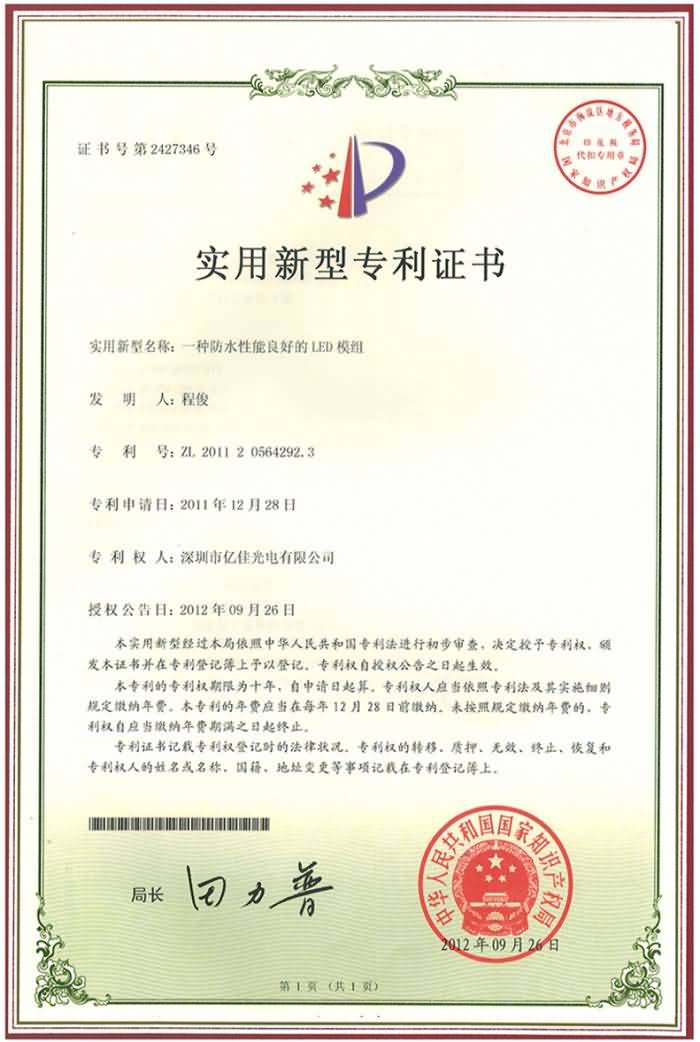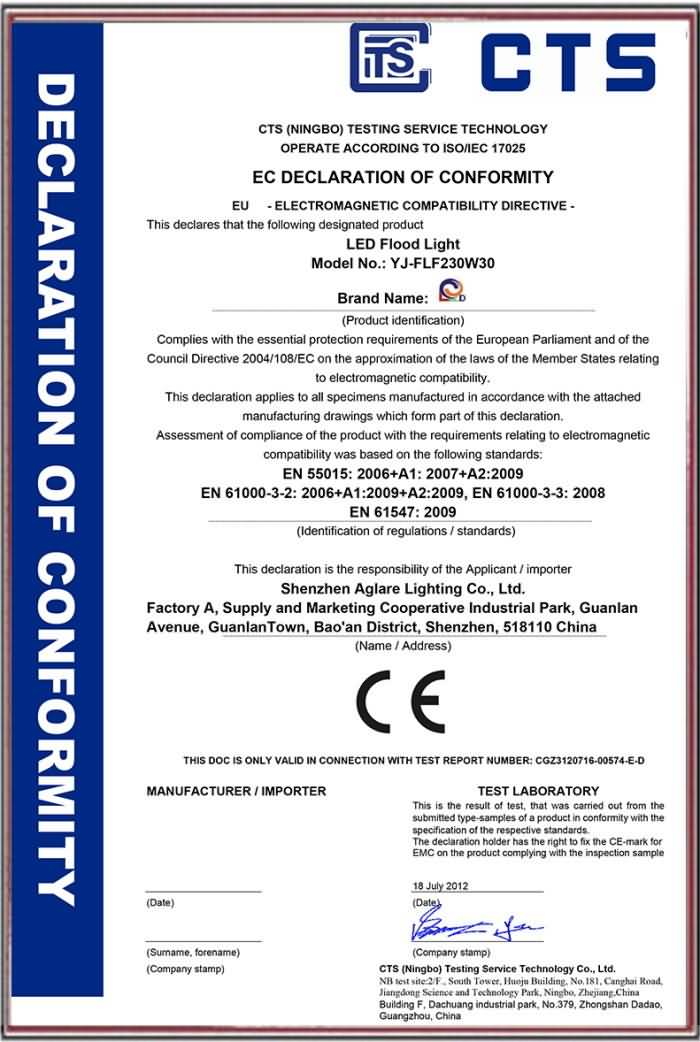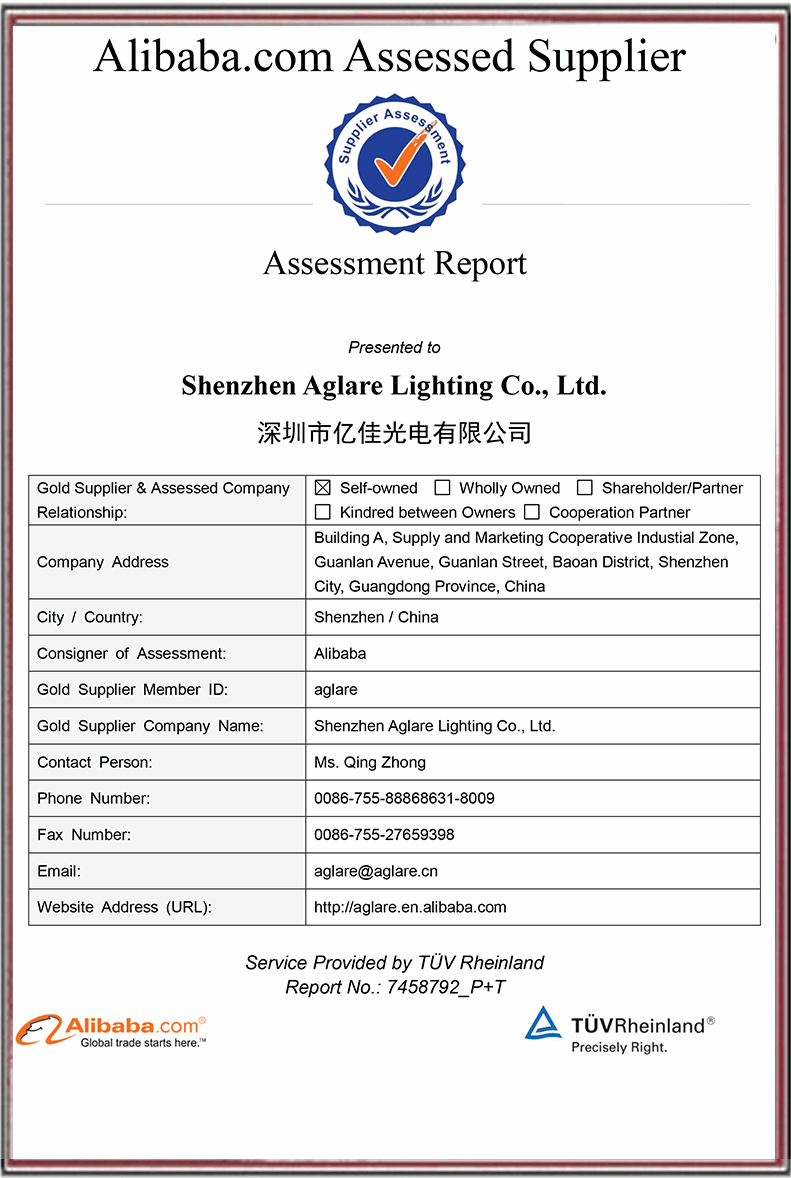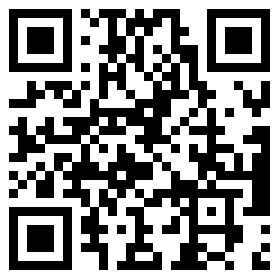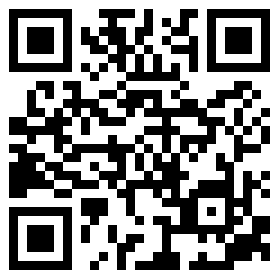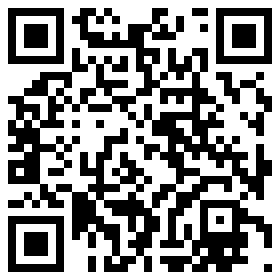- +8613923737356
- aglare4@aglare.com
- +8613923737356
- aglare4@aglare.com
Philips offering IoT location technologies to other luminaire vendors
2016-09-27 19:29:08
Philips offering IoT location technologies to other luminaire vendors
Published on:September 12, 2016
By Mark Halper
Contributing Editor, LEDs Magazine, and Business/Energy/Technology Journalist
The Dutch giant adds an OEM tack to its visible light communication strategy, targeting retail chains and shopping malls. It announces a French provider as its first indoor positioning services customer. It also adds a Singapore mall as a direct Philips user.
Philips has begun licensing its lighting-based indoor positioning technology for other luminaire makers to embed in fixtures, and announced that a French company specializing in the retail and service industries is the first licensee.
Interested in articles & announcements on smart lighting & IoT?
Lille-based Trato-TLV Group is demonstrating Philips-enabled luminaires in Paris this week at the Equipmag fair, a bi-annual trade show for the retail industry. Philips, which is also exhibiting at the Paris gathering, will continue to sell its own indoor positioning systems.

Philips Lighting CEO Eric Rondolat hopes to dial up more indoor positioning business by adding an OEM thread. The company will now start supplying other luminaire makers with VLC drivers, while continuing to offer its own VLC-equipped led lighting. (Source: Mark Halper.)
Philips Lighting CEO Eric Rondolat hopes to dial up more indoor positioning business by adding an OEM thread. The company will now start supplying other luminaire makers with VLC drivers, while continuing to offer its own VLC-equipped led lighting. (Source: Mark Halper.)
Amsterdam-based Philips uses a form of indoor positioning technology known as visible light communication (VLC), and is targeting the retail environment, among other sectors. VLC guides shoppers to in-store discounts by sending information from LED ceiling lights to smartphones via modulating lightwaves that help the customer navigate around the store. The system tailors information to individuals based on their shopping history.
Philips is providing LED drivers that will be available by the end of the year to turn LED luminaires into such smart way-finders, in an OEM initiative called YellowDot. The drivers are the same size as other Philips LED drivers.
“With the YellowDot program, Philips Lighting and its customers are set to capitalize on the fast-emerging market for commercial lighting systems that use indoor positioning,” said Simon den Uijl, manager of indoor positioning partnerships with Philips Lighting. “Venue owners such as retailers and malls will have more choice in LED luminaires, which they can combine with the most accurate and scalable indoor positioning system in the market.”
The approach echoes the OEM strategy of smart lighting startups such as Gooee and Organic Response.
The OEM tack marks an extension of Philips' efforts to establish its own VLC luminaires in the retail trade, which on the surface is not yet racking up business. The company announced a trial with a single Carrefour store in Lille nearly a year and a half ago. But in recent months it declined several times to provide updates on it to LEDs Magazine, other than to tersely describe the trials as successful. Philips told LEDs Magazine today that Carrefour users have reported the system is easy to use and accurate, and that Carrefour has said shoppers are now better informed about promotion availability.
Philips has declined to say whether Carrefour is rolling out VLC to other stores. The Lille trial is located in Trato-TLV's hometown, prompting speculation that Trato might be involved at Carrefour, which is one of the world's largest supermarket chains.
The Dutch lighting giant has officially announced only one other VLC trial, with the aswaaq chain in Dubai. It disclosed that project in March, and is not providing updates.
In a sign that deployments could start to pick up pace, Philips is helping to outfit the giant CapitalLand Mall in Singapore with VLC, as revealed in a story last week in LEDs Magazine's sister publication Lux Review. When LEDs Magazine followed up and asked Philips about the report, a spokesperson said that “such VLC implementation in a Singapore mall is in progress, representing a first-time deployment in a mall setting.” The installation uses Philips luminaires.
If progress has been slow on lighting-based indoor positioning — a form of the fledgling Internet of Things (IoT) — Philips has not been the only vendor finding it so.
Like Philips, GE has for some time been vocal about the great possibilities for indoor positioning. Yet it has never publicly identified a single customer or trial user. When GE's new lighting and energy group Current, powered by GE trumpeted led lighting installations with five retail chains including Walmart and Sainsbury's last month, it mentioned nothing about indoor positioning.
And when LED and indoor positioning specialist Acuity last summer announced a major deal to provide smart lighting and controls to US retail giant Target, it omitted any reference to indoor positioning. “I am unable to comment beyond the Acuity public announcement,” Acuity senior vice president and general manager of IoT solutions deployment Steve Lydecker told LEDs Magazine. The press release highlighted smart lighting's advantages in controls and dimming that would lower energy consumption and improve operational effectiveness.
Lydecker's reticence was particularly notable because Target has been trialing lighting-based indoor positioning at about 100 stores, so it would seem that a new smart lighting scheme would include location-based services. But a Target spokesperson was equally mum, telling LEDs Magazine, “We don't have updates to share, nor any additional comments.”
Yet Philips insists that the market for indoor positioning in commercial lighting is “fast emerging.” The Philips spokesperson added that there is “growing market interest in VLC-based indoor positioning in France.”
It could be that vendors and retailers are intentionally keeping indoor-positioning projects quiet. The technology can be controversial, because it raises questions about shoppers' privacy and data protection. Typical indoor-positioning systems not only follow customers around stores and tap into customers' phones, but can also peer into their shopping history and patterns via databases in the cloud.
Retailers might also be reluctant to publicly reveal technology systems that they believe give them a competitive advantage.
In indoor positioning's early days, vendors and stores are trying to establish which technologies to use. Deployments could pick up once the tire-kicking settles down.
While Philips prefers VLC, other vendors prefer to embed Bluetooth beacons in luminaires. VLC offers more accurate location services than Bluetooth does. But as Osram has noted, VLC requires a direct line of sight between a light and a phone, whereas Bluetooth does not. Bluetooth also requires fewer luminaires than does VLC, according to Osram, which is developing a Bluetooth version of indoor positioning. The systems share the same goal of guiding people around stores or other venues in a manner tailored to individual needs.
The lighting industry also must compete against other industries. Bluetooth beacons, for instance, do not have to reside in luminaires, and could come from an information technology provider rather than from a lighting company.
There have also been hints of intellectual property disputes within the lighting industry over technologies such as VLC.
Other questions that might be holding back the technology include whether it works, and whether end users even want it.
MARK HALPER is a contributing editor for LEDs Magazine, and an energy, technology, and business journalist (markhalper@aol.com).
Certification


